1、子类是否可以直接访问父类的私用成员吗?
从面向对象理论角度来看:
子类拥有父类的一切属性和行为,也就是说,子类能够直接访问父类的私有成员。
从c++的语法角度看:
外界不能直接访问类的private成员,也就是说,子类不能直接访问父类的私用成员。
代码:
#include<iostream>
#include<string>
using namespace std;
class Parent
{
int Jo;
public:
void p()
{
Jo = 100;
}
int value()
{
return Jo;
}
};
class Child : public Parent
{
public:
int add(int J)
{
Jo = Jo + J;
}
};
int main()
{
int J;
Parent p1;
p1.p();
J = p1.value();
Child c1;
cout << "sum:" << c1.add(J) << endl;
return 0;
}
结果:
报错。我们可以看到子类不能直接访问到父类里面的属性
修改后的代码:
#include<iostream>
#include<string>
using namespace std;
class Parent
{
int Jo;
public:
void p()
{
Jo = 100;
}
int value()
{
return Jo;
}
};
class Child : public Parent
{
public:
int add(int J)
{
int J6 = 5;
J = J + J6;
return J;
}
};
int main()
{
int J;
Parent p1;
p1.p();
J = p1.value();
Child c1;
cout << "sum:" << c1.add(J) << endl;
return 0;
}
结果:
2、继承中的访问级别关系
面向对象中的访问级别不只是public和private,
可以定义protected访问级别
关键字protected的意义:
修饰的成员不能被外界直接访问;
修饰的成员可以被子类直接访问。
代码:
#include <iostream>
#include <string>
using namespace std;
class Parent
{
protected:
int mv;
public:
Parent()
{
mv = 100;
}
int value()
{
return mv;
}
};
class Child : public Parent
{
public:
int addValue(int v)
{
mv = mv + v;
}
};
int main()
{
Parent p;
cout << "p.mv = " << p.value() << endl;
p.mv = 1000; //error
Child c;
cout << "c.mv = " << c.value() << endl;
c.addValue(50);
cout << "c.mv = " << c.value() << endl;
c.mv = 10000; //error
return 0;
}
结果:报错。这里我们把父类的属性private修改成protect,这里我们注意到在子类里面的方法中是可以使用父类中的属性mv了,只不过在int main()函数中,使用父类和子类定义的对象,均不可以对父类中的属性mv进行访问,这一点要注意。
3、为什么面向对象中需要protected?
我们用生活中的例子来理解:每个人的个人隐私都是不能泄露的,也就是我们c++中的private关键字;而你身上穿的衣服,每个人都可以知道,也就是c++中的public关键字;最后我们的protected关键字,为啥c++中会需要它,我想还是跟生活中有关(所以说,面向对象的编程,非常贴近生活),比如说,家庭开会,有些事情就不能让外人知道,但是自己家人就可以知道,所以这跟protected关键字的用法非常像,也就是说,protected关键鉴于private和public之间。
4、组合和继承的综合运用
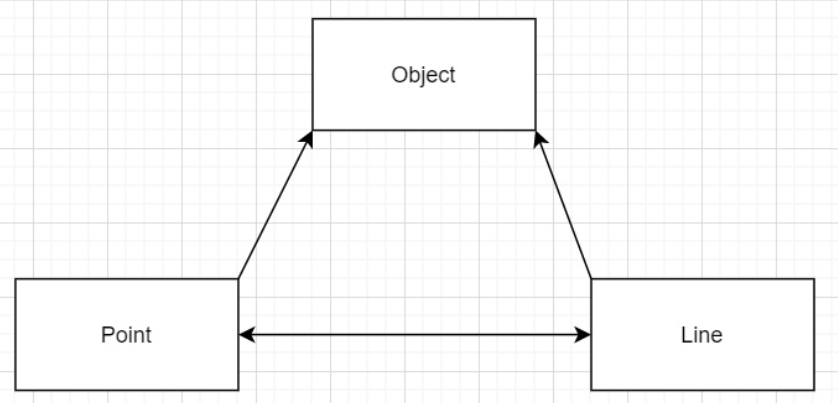
说明: Object这个类是被用来继承的;Line和Point两个类进行组合。
代码:
#include <iostream>
#include <string>
#include <sstream>
using namespace std;
class Object
{
protected:
string mName;
string mInfo;
public:
Object()
{
mName = "Object";
mInfo = "";
}
string name()
{
return mName;
}
string info()
{
return mInfo;
}
};
class Point : public Object
{
private:
int mX;
int mY;
public:
Point(int x = 0, int y = 0)
{
ostringstream s;
mX = x;
mY = y;
mName = "Point";
s << "P(" << mX << ", " << mY << ")";
mInfo = s.str();
}
int x()
{
return mX;
}
int y()
{
return mY;
}
};
class Line : public Object
{
private:
Point mP1;
Point mP2;
public:
Line(Point p1, Point p2)
{
ostringstream s;
mP1 = p1;
mP2 = p2;
mName = "Line";
s << "Line from " << mP1.info() << " to " << mP2.info();
mInfo = s.str();
}
Point begin()
{
return mP1;
}
Point end()
{
return mP2;
}
};
int main()
{
Object o;
Point p(1, 2);
Point pn(5, 6);
Line l(p, pn);
cout << o.name() << endl;
cout << o.info() << endl;
cout << endl;
cout << p.name() << endl;
cout << p.info() << endl;
cout << endl;
cout << l.name() << endl;
cout << l.info() << endl;
return 0;
}
结果: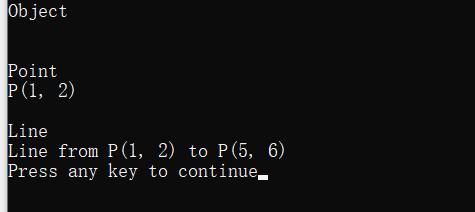
5、总结
面向对象中的访问级别不只是public和private
protected修饰的成员不能被外界所访问
protected使得子类能够访问父类的成员
protected关键字为了继承而专门设计的
没有protected关键字就无法完成真正代码意义上的代码复用了
来源:freebuf.com 2021-05-19 21:43:25 by: Johnson666







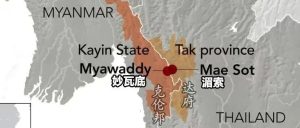


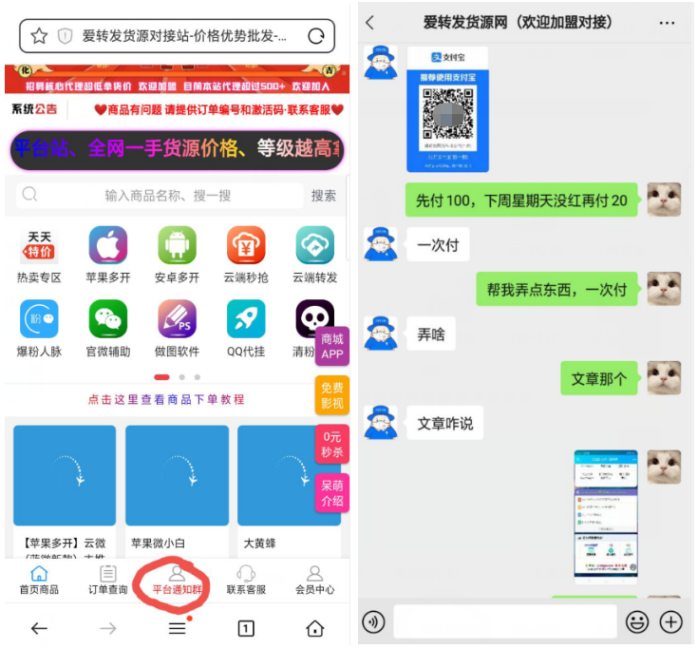
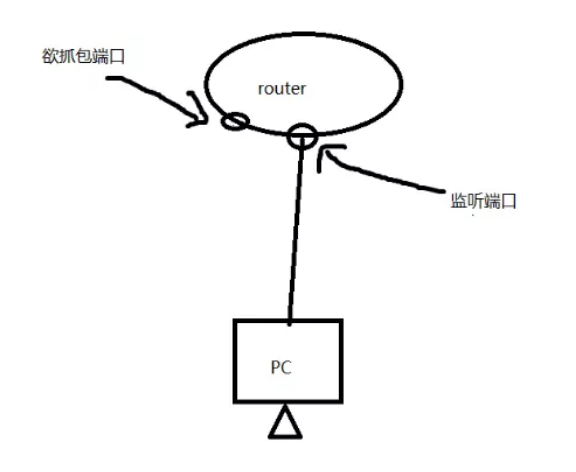








请登录后发表评论
注册